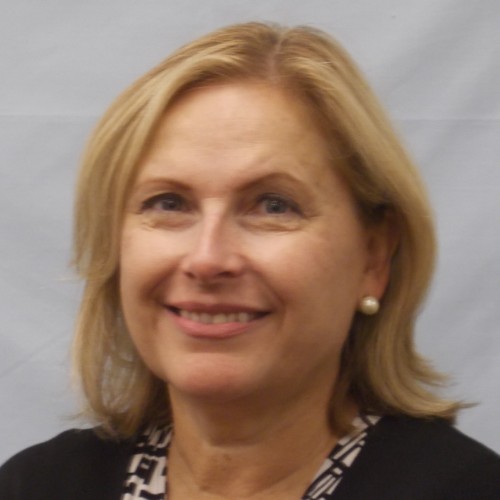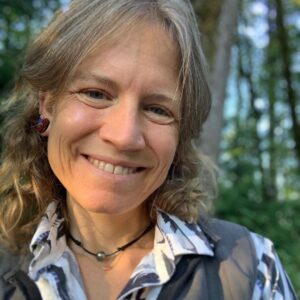DESIGN 2011 Best in Show: Willson Hospice House, Albany, Georgia
Ila Burdette, AIA, LEED AP BD+C, Principal • Perkins+Will
Congratulations to this year’s winner of Best in Show!
When Ila Burdette describes her experience designing the Willson Hospice House in Albany, Georgia, one is struck by the gravity of the commission she and her team at Perkins+Will were charged with delivering. People who leave their homes to enter hospice care most likely will experience their final days in the setting. It can be a daunting responsibility, not to be taken lightly. And yet when Burdette, a seasoned senior living design professional,
| ©2010 Jim Roof Creative Photography |
speaks of her involvement with the award-winning community, one senses her joy and peace and a quiet satisfaction in having created a beautiful and life-affirming haven for the terminally ill and their families.
A COMMUNITY NEED
Willson House grew out of a pressing community need: A growing number of terminally ill patients in the area were unable to stay in their homes or were lacking family support. The hospice program originally involved 50 homecare staff who traveled from a modest base building each day to reach patients in the surrounding 11 counties. There wasn’t a residential component.
“We were building a home for a program that has so much built-in affection and support,” Burdette says, “because if you help a family’s loved ones they’ll never forget it and they’ll be loyal forever. And many people don’t realize that those families are taken care of for up to a year after their loved one has died. So we hear ‘What else can we do for you? What would you like? How can we help?’ And then family members become volunteers and the volunteers become donors.” Burdette describes a group of stakeholders who brought varying perspectives to the project. “The administration had a goal of being responsive to the community and they were also interested in a distinct architectural style and a sustainable project—those were big-picture goals. (Just prior to going to press Burdette was notified that the project achieved LEED Silver certification.)
“We had a far-sighted CEO, Joel Wernick (President and CEO of Phoebe Putney Memorial Hospital, of which Willson Hospice House belongs) who was interested in something that was a translation of [architect] Frank Lloyd Wright to South Georgia, and Patty Woodall, Willson’s executive director, who really focused on patient and staff needs: ‘Let’s make a beautiful room that feels like you could live it. Let’s think about where these family members are going to spend the night and make sure they’re very close,’” says Burdette.
NATURAL TRANSITIONS
The 14-acre site sits on 200 acres of rolling woodland, much of which is wetlands, offering a natural privacy buffer and yet ready access to the outside community. “There’s a long approach road that takes you under the Spanish moss and through the oak trees. It gives you a chance to breathe a bit before getting to the front door,” Burdette says. “We wanted something that felt like it was taking advantage of this beautiful site.”
In addition to the administrative component of the building, which serves as a home base for the outreach staff, and a public meeting space, the rest of the community is organized into three pods and associated support areas for 18 patients. Each pod is composed of six private rooms grouped around a family living room with space for dining, reading, and conversation.
Burdette and her team found from earlier projects that these pods or small cottages work best in hospice with family living areas located right outside the door of the patient’s room; if the living areas are too far away from the patient families won’t use them.
Built-in window-seat beds in each room serve a purpose beyond accommodating guests with a pretty view to the outdoors; they stay put. Says Burdette, “The problem with pullout chairs is those chairs wander around and you don’t want them in a place where the nurse will trip over them at 3 in the morning.”
There’s plenty of access to the outdoors at Willson Hospice House, exemplifying the community’s mission of serenity and stress relief. Patient rooms have views of and access to tranquility gardens and the patient pods are arranged around a central green space courtyard.
Burdette reflects on the rewards of the project: “We had that community support, that affection, and when we visit it’s still there and people are so proud of [Willson House] because they made it possible. They really identify with it. You don’t just put up a building and walk away from it. It’s nice to see folks so excited about a project.”

Patricia Sheehan was Editor in Chief of I Advance Senior Care / Long Term Living from 2010-2013. She is now manager, communications at Nestlé USA.
Related Articles
Topics: Design











